In the realm of interior design, lighting is the unsung hero that can transform a space from ordinary to extraordinary. Whether you’re a novice setting up your first home or a seasoned decorator refining your masterpiece, understanding smart lighting solutions is key to creating an environment that is both functional and beautiful. Smart lighting not only enhances the aesthetic appeal of your home but also offers convenience and energy efficiency, making it a wise investment for any home decorator.
Imagine being able to adjust the ambiance of your living room with a simple voice command or app tap, perfectly tailoring the mood for a cozy evening or a lively gathering. Smart lighting solutions offer a seamless blend of technology and design, allowing you to personalize your home’s atmosphere with ease. In this article, we’ll explore various smart lighting options, from color-changing bulbs to automated schedules, and how they can be implemented to suit any style or budget.
For those stepping into the world of smart lighting, we’ll guide you through the basics, ensuring you have the foundation needed to make informed choices. For our more experienced readers, we’ll delve into advanced integrations and tips to elevate your current setup to the next level. By the end of this article, you’ll have a comprehensive understanding of how to harness the power of smart lighting to enhance your home’s design, making it a reflection of your personal style and a beacon of modern living.
Understanding Smart Lighting Basics
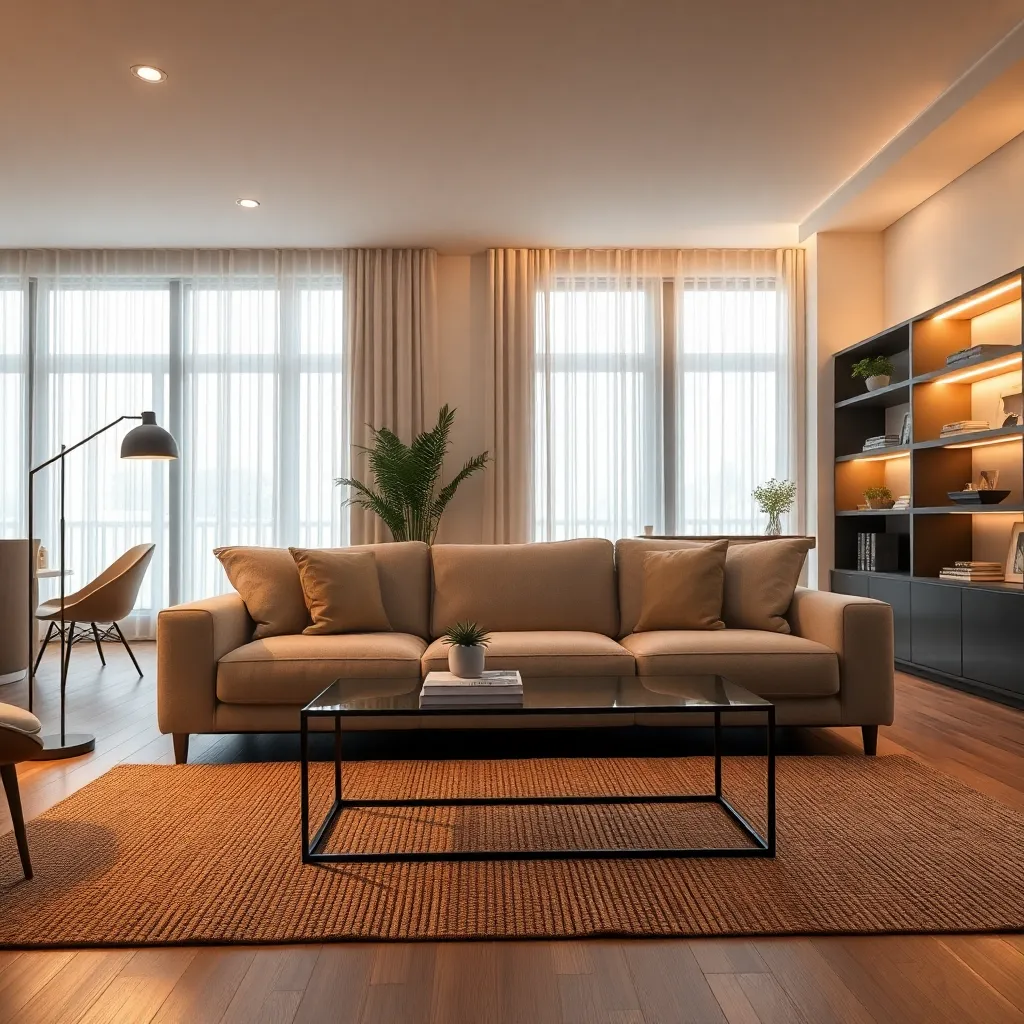
Smart lighting systems are revolutionizing the way we illuminate our homes, offering both convenience and versatility. By integrating lighting with smart home technology, you can effortlessly adjust brightness, color, and ambience to suit any mood or occasion.
Consider starting with smart bulbs that can be easily installed into existing fixtures without requiring major changes. These bulbs often come with apps or voice controls, allowing you to create customized lighting scenes for different times of the day.
For beginners, it’s wise to experiment with smart lighting in a single room, like the living room or bedroom, where lighting variations can significantly enhance the atmosphere. Choose bulbs that offer a range of warm to cool tones to see how different settings affect the room’s overall feel.
Advanced decorators might explore the potential of smart lighting in accentuating architectural features or artwork. Use adjustable light strips to highlight shelves or under-cabinet spaces, creating a layer of depth and interest.
When planning your smart lighting layout, consider the role of color. Opt for muted, soothing hues in the bedroom and brighter, energizing tones in the kitchen to complement the room’s function and decor.
To make smart lighting a seamless part of your home, ensure your network can handle the connectivity demands, and check compatibility with your existing smart devices. This proactive approach will prevent technical hiccups and ensure a smooth integration.
Choosing Energy-Efficient Bulbs
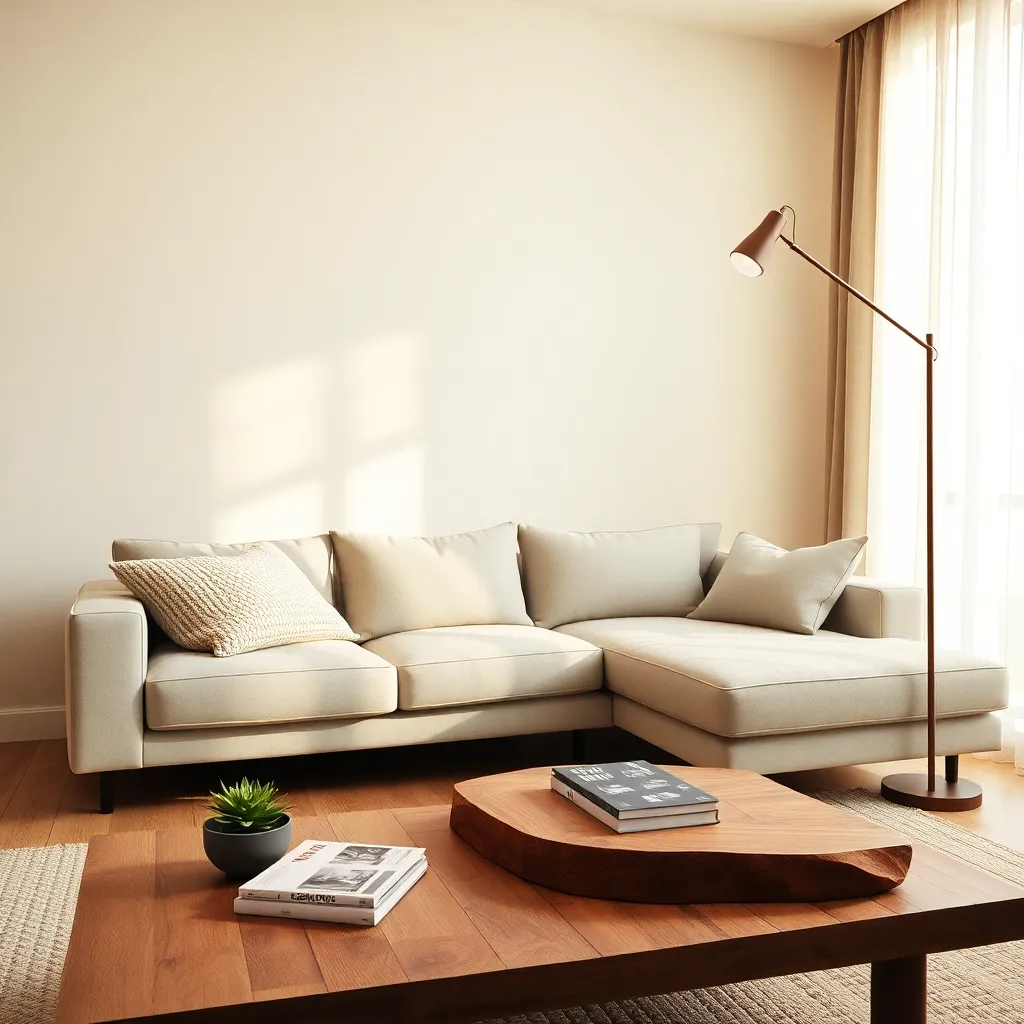
Switching to energy-efficient bulbs is a smart step towards enhancing both your home’s lighting quality and energy savings. LED bulbs are the most popular choice, offering longevity and a variety of color temperatures to suit different spaces.
Consider the color temperature when deciding where to place each bulb. Warmer tones (2700K-3000K) are ideal for creating a cozy atmosphere in living rooms and bedrooms, while cooler tones (4000K-5000K) work well in kitchens and workspaces for a more alert environment.
Placement of energy-efficient bulbs can significantly impact the ambiance and functionality of a room. In the dining area, for instance, you might opt for dimmable LED bulbs to adjust lighting based on the mood of the occasion or time of day.
For those looking to incorporate advanced lighting solutions, consider smart LED bulbs that integrate with home automation systems. These bulbs offer adjustable brightness and color settings, allowing you to customize your lighting to complement your interior design and activities seamlessly.
Integrating Smart Controls Seamlessly
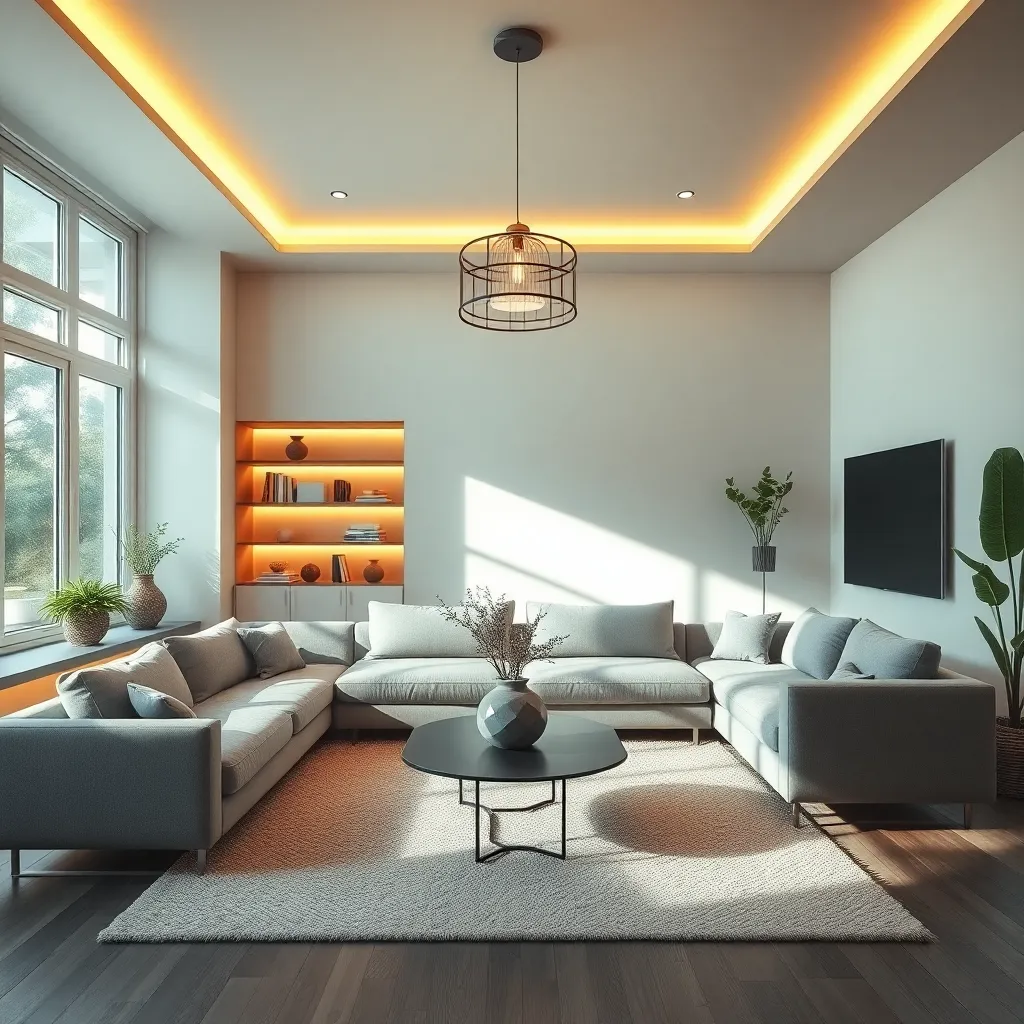
Integrating smart controls into your lighting system can dramatically enhance the functionality and style of your home. Start by selecting smart bulbs or fixtures that are compatible with popular home automation systems like Amazon Alexa or Google Home, ensuring seamless connectivity.
For a truly cohesive look, consider wall-mounted smart switches that blend with your existing decor. Choose finishes and colors that complement your room’s color palette, such as matte white for modern interiors or brushed nickel for a more classic touch.
Positioning plays a key role in maximizing the benefits of smart lighting controls. Install switches at convenient heights and locations, such as near entry points or bed sides, to facilitate ease of use and enhance the flow of your space.
Advanced users might explore setting up lighting scenes to create specific moods or activities. Use apps to program different lighting levels and colors for various scenarios, like a warm, dimmed setting for movie nights or bright, cool lighting for focused work sessions.
Enhancing Ambiance with Smart Dimmers
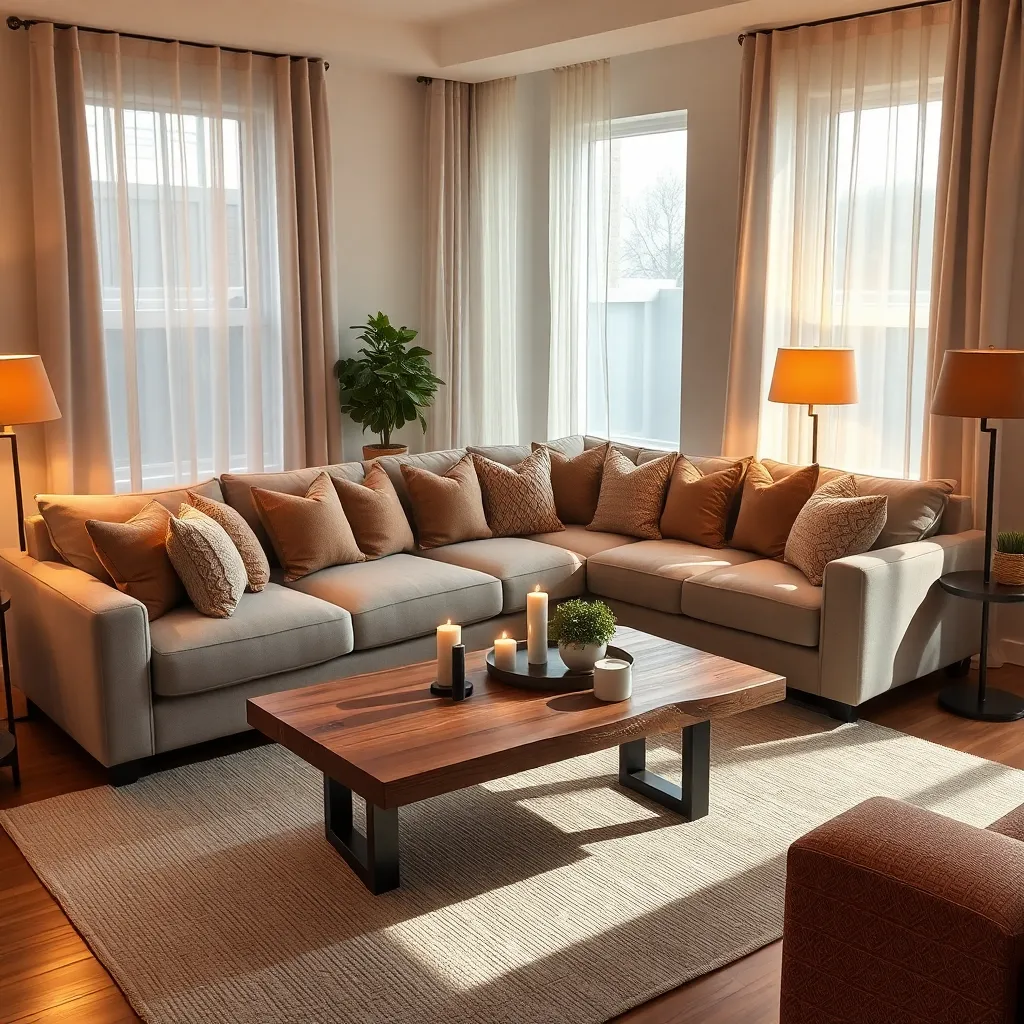
Smart dimmers are a powerful tool in crafting the perfect ambiance for any room. By allowing precise control over light intensity, these devices can transform a space from functional to cozy with just a touch. Incorporate dimmers in living areas to effortlessly shift from bright, energetic lighting for family activities to a more subdued, intimate setting for movie nights.
Consider pairing smart dimmers with warm-toned LED bulbs to enhance the comfort level of your interior. Warm lighting is particularly effective in creating a relaxing atmosphere, making it ideal for bedrooms and reading nooks. For a sophisticated look, choose dimmable fixtures that complement your existing decor, such as sleek metal finishes in contemporary spaces or rustic wood accents for a more traditional style.
Installing smart dimmers is a straightforward process that can be tackled by most DIY enthusiasts. Ensure that your current lighting setup is compatible with dimmable bulbs and switches, as mismatched components can result in flickering or reduced bulb lifespan. Consult a professional if you’re unsure about electrical installations, especially when integrating dimmers with smart home systems for voice or app control.
To maximize the versatility of your lighting, consider using dimmers in combination with layering techniques. This involves combining overhead lighting with task and accent lighting, allowing you to adjust each layer according to the desired mood or activity. Experiment with various settings to find the perfect balance that highlights your room’s features, whether it’s the architectural details or your favorite artwork.
Syncing Lighting with Daily Routines
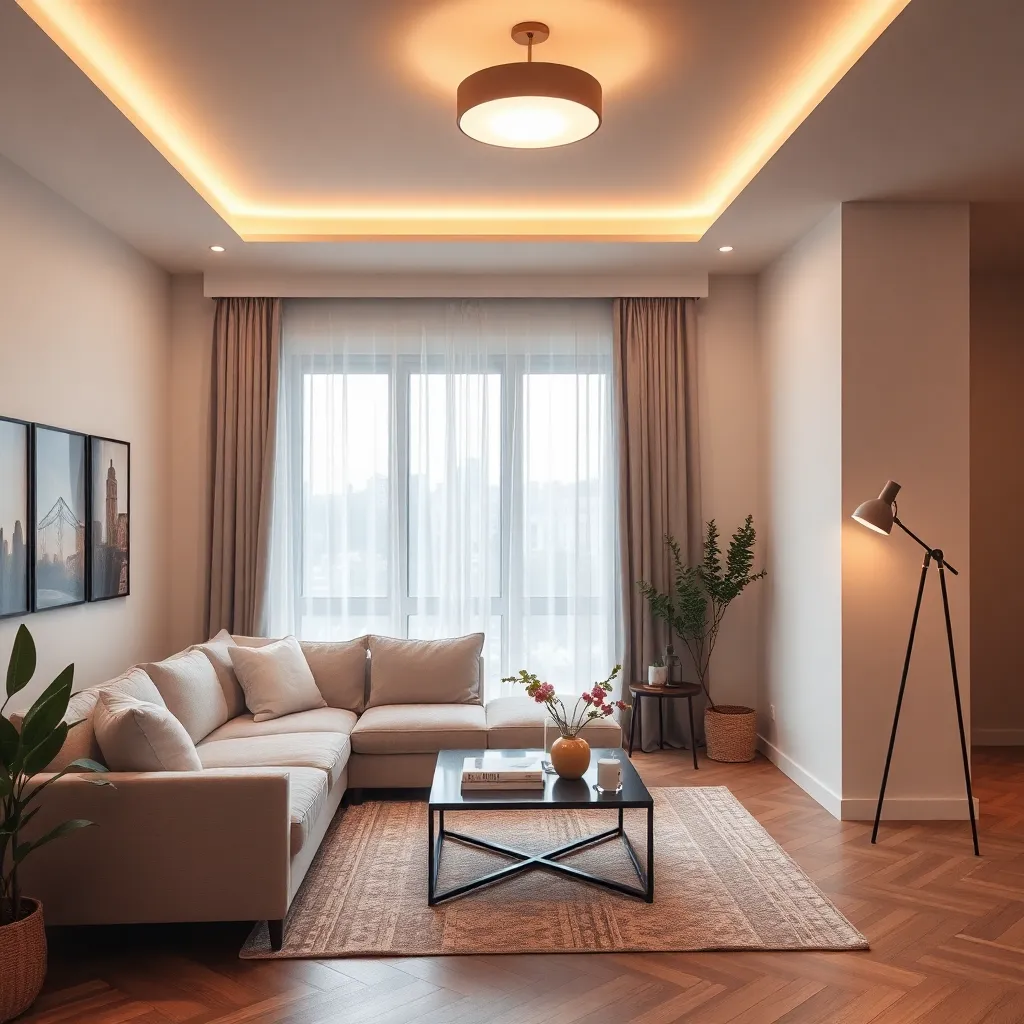
Incorporating smart lighting into your daily routine can transform the functionality of your home. Begin by assessing the natural light available in each room to determine how artificial lighting can best enhance your space throughout the day.
To start your morning positively, use adjustable lighting that gradually brightens to mimic a natural sunrise. Pair this with neutral-toned curtains to softly diffuse the light, creating a serene and energizing atmosphere.
Midday lighting should support productivity by providing bright, focused illumination in work and study areas. Opt for LED desk lamps with adjustable settings, ensuring they are positioned to reduce glare on your computer screen.
As evening approaches, transition to warmer, dimmer lighting to promote relaxation. Install smart bulbs that can automatically shift to a cozy, amber glow, and complement this setup with soft textiles like plush throws and cushions to enhance comfort.
To seamlessly integrate these smart lighting solutions, consider using voice-activated assistants or smartphone apps for effortless control. This advanced approach not only adds convenience but also allows for precise adjustments, ensuring lighting matches your needs at any given moment.
Conclusion: Growing Success with These Plants
In exploring the transformative power of smart lighting solutions, we’ve discovered five key relationship concepts: creating a mood-enhancing environment, fostering open communication, establishing comforting routines, enhancing intimacy through ambiance, and promoting emotional well-being. Each of these concepts highlights how thoughtful lighting choices can positively impact the dynamics between partners, making home not just a place, but a feeling.
As your actionable next step, consider adjusting the lighting in one room of your home tonight. Experiment with dimmers or color changes to see how it influences your interactions and emotional connection.
Remember, nurturing relationships is an ongoing journey, and having resources at your fingertips can make all the difference. Bookmark this article now to keep these insights handy whenever you need to refresh your approach to love and connection.
Looking ahead, by embracing these lighting strategies, you’re not only enhancing your home environment but also laying the groundwork for a brighter, more harmonious relationship future. Empower yourself to take these small steps today, and watch your relationship flourish in the glow of newfound warmth and understanding.
